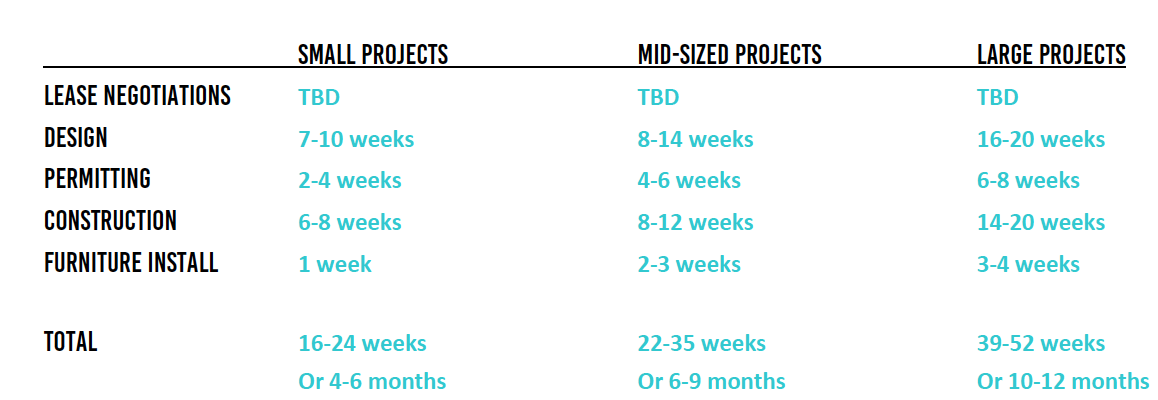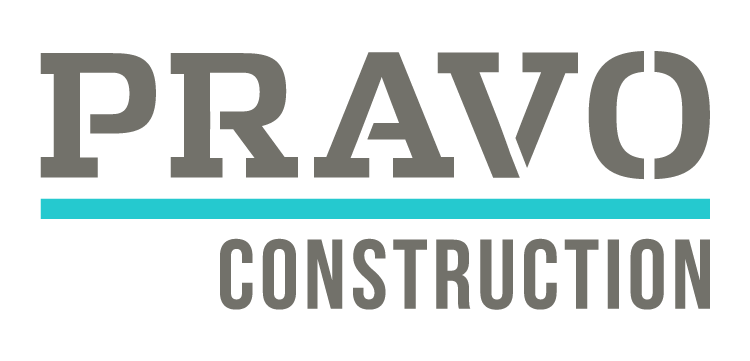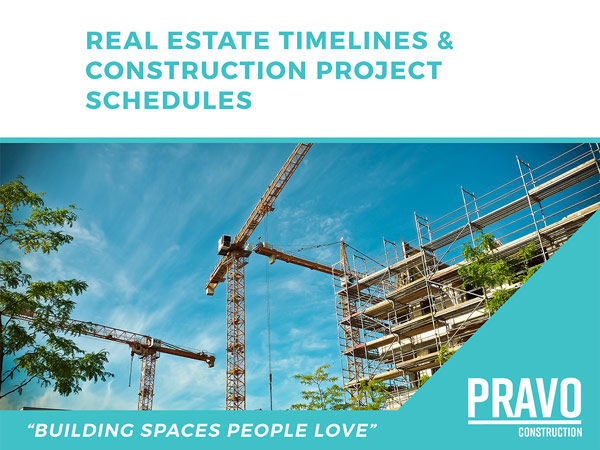Time is by far our most valuable asset in life. However, in commercial real estate, nearly all initial conversations revolve around cost and budget. The goal of this white paper is to explain why schedule should be part of all initial real estate conversations and how clients can utilize great schedules to their advantage, alongside solid budgets.
Fundamentally, budget and cost tend to be more black and white, while schedules and timelines tend to have more variables, or grey area. Here’s why:
[su_note note_color=”#eeeeee” radius=”10″]Real estate or project budgets are broken down into line items, tangible deliverables and scopes of work, values and totals. Budget line items are typically cost competitive across all disciplines and the required deliverable are constant (for the most part). In order to account for variables or unknowns, clients will typically carry an industry standard contingency value of 5% to 10%.Schedules, on the other hand, are a function of resources working to accomplish pre-determined tasks under a given set of guidelines. The main difference is the fact that these resources are typically human beings and variables such as workload, environmental constraints and efficiency ultimately determine if a project is delivered on schedule, early or late.[/su_note]
When establishing your real estate and construction schedule, pre-planning is key. Getting a good team on-board early will ensure all components are captured and variables are accounted for, ensuring a smooth and accurate process. Just as babies take 40 weeks to develop, your real estate and construction project needs enough time to work through design, permitting, construction and client fit-up. Good things take time and can’t be overly rushed, unless you want to sacrifice quality and a bit of your sanity.
For typical buildouts or TI’s, we recommend the following timelines, assuming your project will be permitted:

During design, clients must be highly engaged during each review and approval milestone to keep things moving forward. This is where you’ll really feel the benefit of working with a great design team that you jive with. Even with this simple example, it’s easy to see how 1-2 week changes in deliverable due dates can change impact the overall schedule.
It’s also important that clients understand that these other tasks are taking place in parallel with these major line items:
- Landlord drawing approval: 1-2 weeks after drawings are finalized
- GC bidding and qualification: 2-3 weeks after drawings are finalized
- Contract negotiations: 1-2 weeks after GC award
- Subcontractor buyout: 1 week after GC contract is signed (or a Notice to Proceed)
- Procurement of long lead items: 1-2 weeks for architect’s approval + 2-8 weeks for actual material orders
During construction, here are the types of schedule your GC should be providing and updating through the project:
- Overall “master” schedule
- Detailed construction schedule
- Milestone schedules for major project components (server room, furniture, etc)
- 3-week look-ahead
- Inspections and project completion schedule
A great tool that should be evaluated at the start of your real estate transaction is lease holdover negotiation with your current landlord or building owner. Most tenants know when their lease or sublease is ending and if you put a solid, slightly conservative schedule together that tells you that you need an additional 1-2 months in your current space, it’s best to negotiate holdover at the start of an 8-9-month process than right before you’re supposed to move out of the space. This allows you and the building time to plan and make appropriate accommodations.
In summary, developing a well thought out real estate schedule at the start of lease negotiations will ensure the overall success of your project. With so many factors and variables in play, seeing all critical milestones and project components on a clean Gantt chart schedule will bring clarity to the process. You’ll know when all key decisions must be made and how those decisions impact everything downstream.

